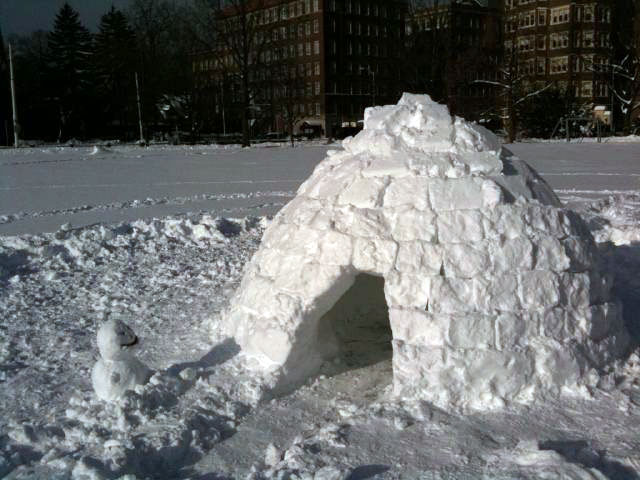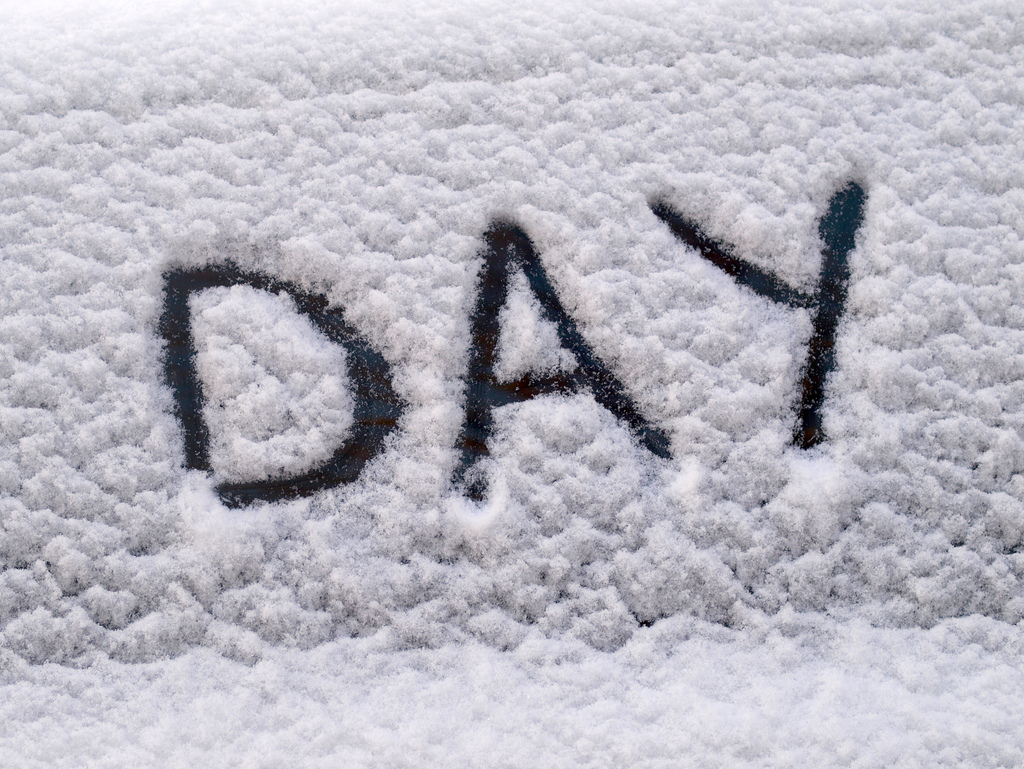Published February 1, 2011
Our experiment taught us one thing is for sure: Shoveling is a very sensitive issue.
On Friday afternoon, 24 hours after last week’s storm had passed, I asked you to report unshoveled sidewalks, hydrants and bus stops. By 6 p.m. Monday, exactly 200 pins were on the map.
Almost as soon as the project started, the response was polarized.
“People want to sit here and rat out their neighbors for everything that they do, and it makes certain people feel good about themselves,” said Steven, who did not give us his last name. “I mean, if you have a real problem with it, and they’re breaking the law, then call the police and let the police do their job.”
This view was shared by other readers and journalists.
But hundreds of people participated, many of them expressing appreciation for this new tool. I read detailed descriptions of repeat offenders, errant businesses and unresponsive cities and towns. We had created an outlet for the people’s rage.
Once it was obvious this thing was taking off, we asked ourselves: What should we do with all this data? How can this project yield something positive? We discussed the idea of gathering “citizen patrols” to help out — but decided not to “get into the Robin Hood business,” not this time.
I am reaching out to cities and towns to see if our map could help aid the big dig-out. The city of Boston already has a robust system for reporting and responding code violations. Data from the Mayor’s Hotline and the Citizens Connect app is made public.
Other municipalties aren’t so accessible. Citizen reporter Saul Tannenbaum had to file a public records request to build a map of Cambridge snow violations.
At first brush, the response from officials is tepid. Great idea, but we have enough complaints to deal with.
This project is only worth doing again — people are already asking to submit new reports — if it contributes to a greater good. Does it, can it? What do you think?
Maybe, at the end of the day, we gave people a place to vent. And maybe that’s OK.



